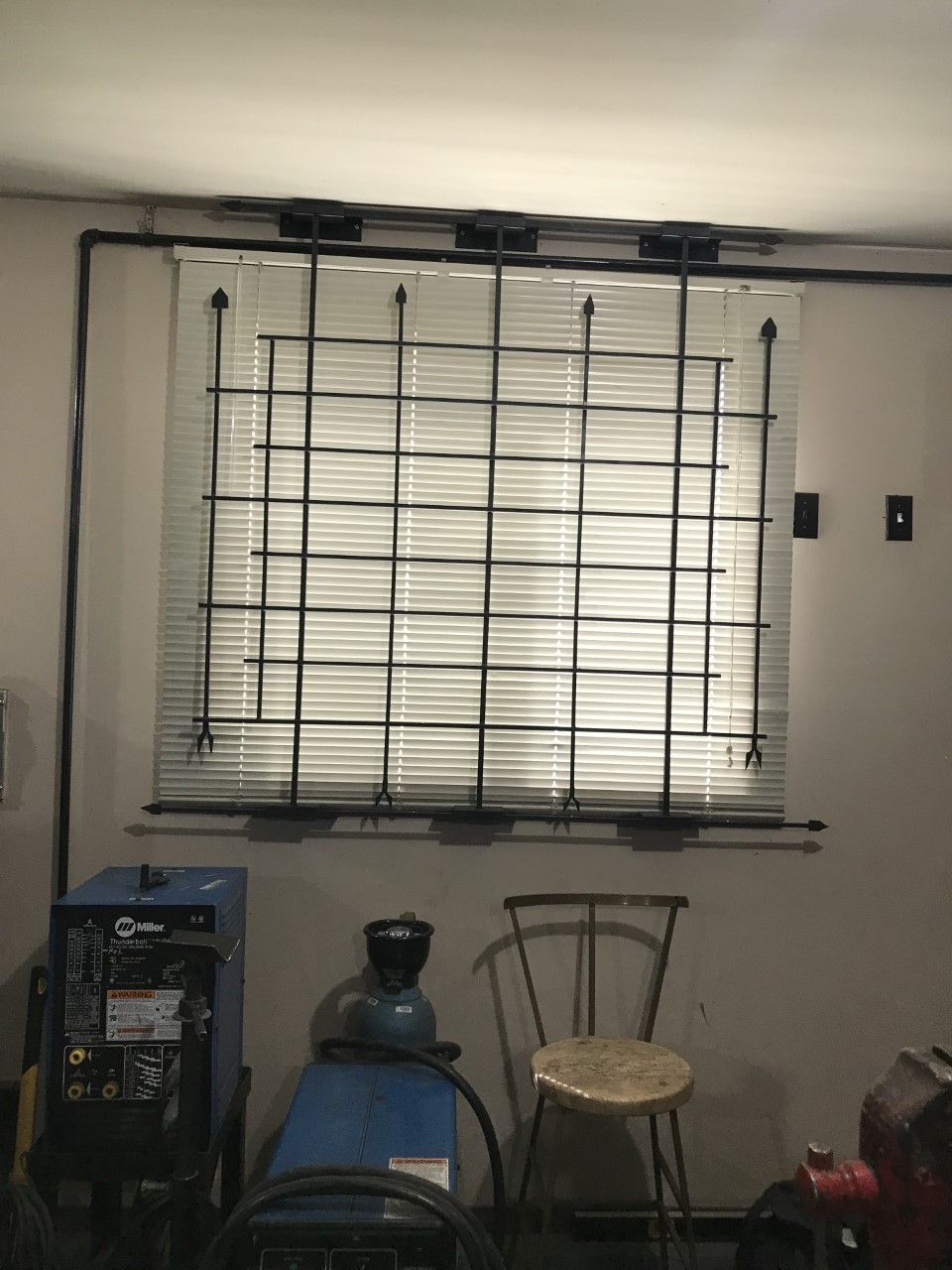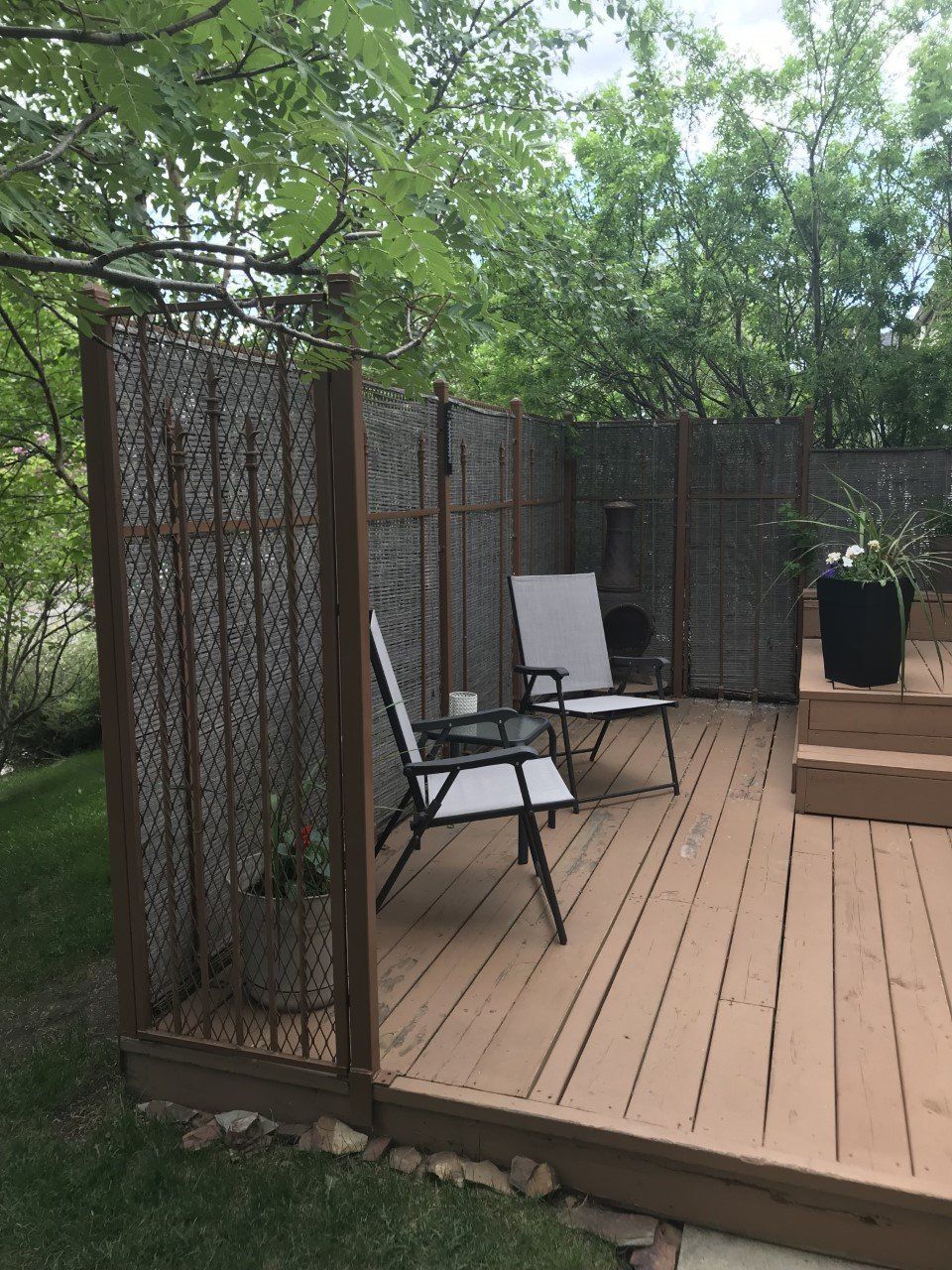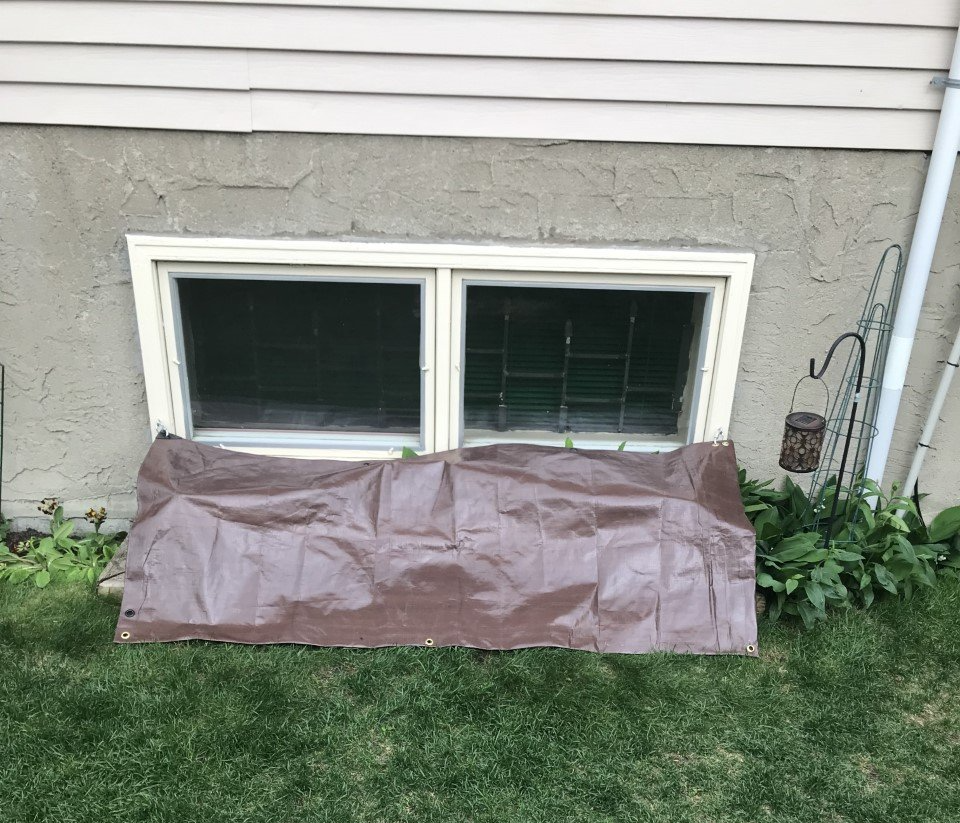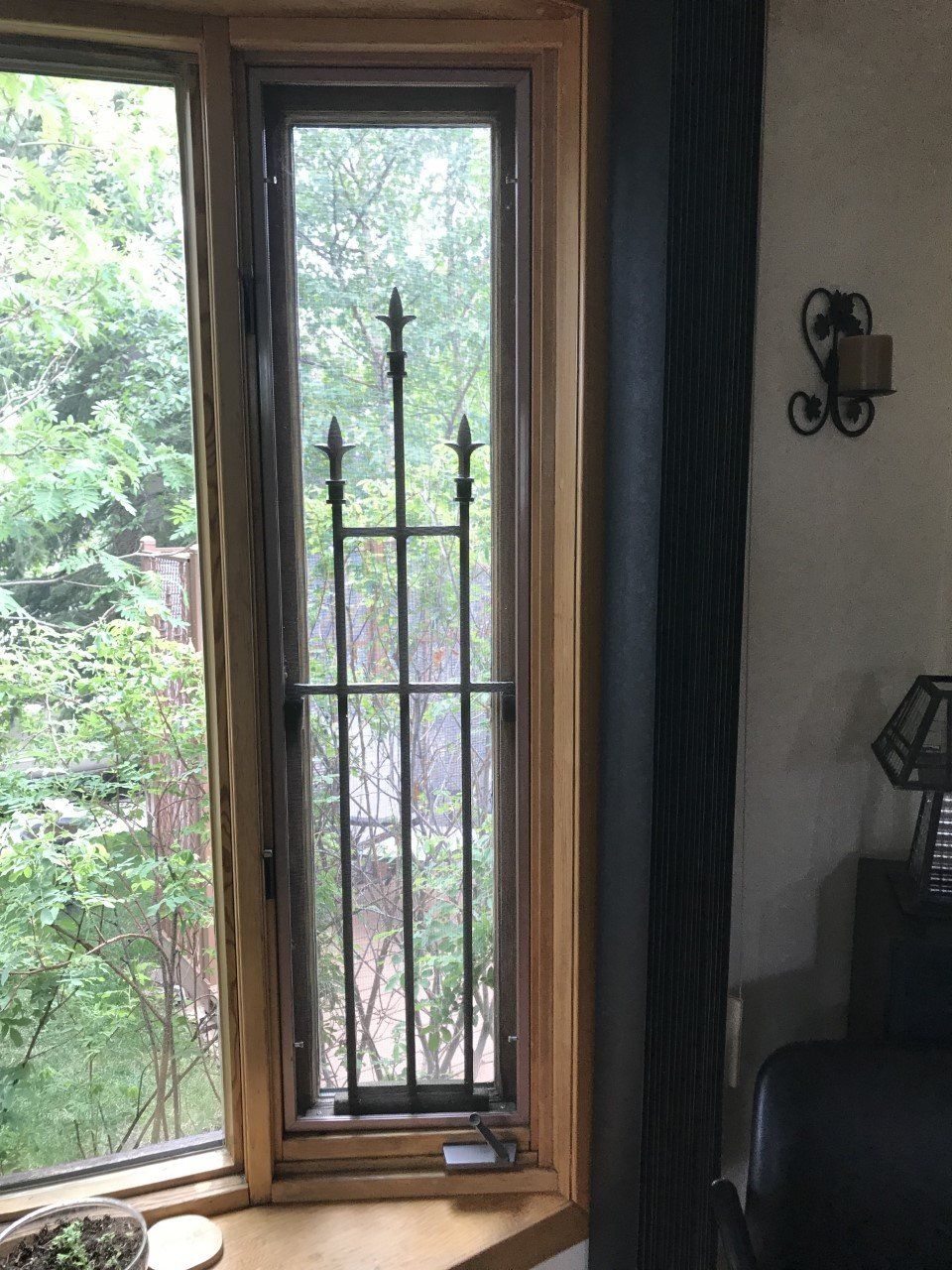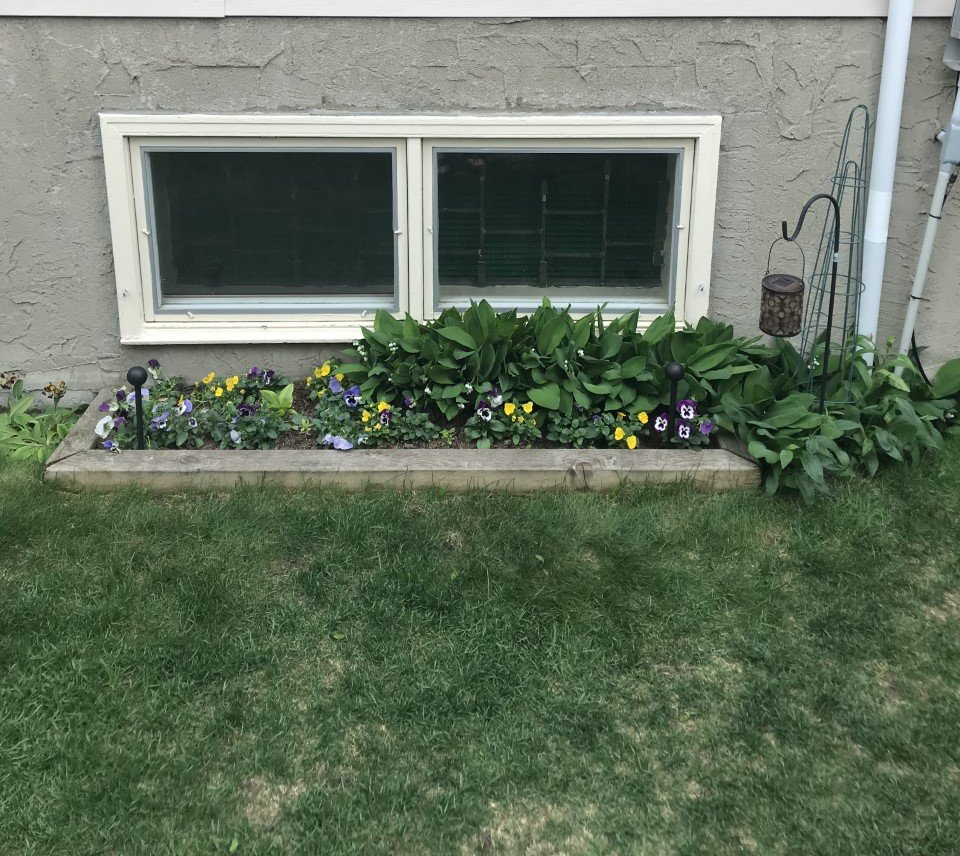How to Build Effective Hail Guards for Your Garden

Gardening in Calgary, Alberta, comes with its own set of challenges, one of the most significant being the threat of hail storms. Hail can wreak havoc on your garden, damaging plants, flowers, and vegetables. At Mobile Welder Service, we understand the importance of protecting your garden from the elements. In this article, we'll guide you through building effective hail guards to keep your garden safe and thriving.
Understanding the Impact of Hail on Your Garden
Hailstones can range in size from small pellets to large chunks, capable of stripping leaves, bruising stems, and damaging fruits and vegetables. The aftermath of a hail storm can leave your garden looking devastated and hinder plant growth. Taking proactive steps to protect your garden is essential for maintaining its health and productivity.
Materials Needed for Building Hail Guards
Before you start building your hail guards, gather the following materials:
- PVC pipes or metal tubing: For creating the frame.
- PVC connectors or metal brackets: To join the pipes/tubing.
- Hail netting or heavy-duty plastic mesh: To cover the frame.
- Cable ties or zip ties: For securing the netting to the frame.
- Ground stakes or rebar: To anchor the frame to the ground.
- Measuring tape: For accurate measurements.
- Saw or pipe cutter: To cut the pipes/tubing to size.
- Drill: For making holes in the pipes/tubing, if necessary.
Step-by-Step Guide to Building Hail Guards
Step 1: Measure Your Garden Beds
Start by measuring the length, width, and height of the area you want to protect. This will help you determine the dimensions of your hail guard frames.
Step 2: Cut the Pipes/Tubing
Using a saw or pipe cutter, cut the PVC pipes or metal tubing to the required lengths. You'll need four vertical posts for the corners and additional horizontal pieces to form the top and sides of the frame.
Step 3: Assemble the Frame
Connect the cut pieces using PVC connectors or metal brackets to form a rectangular or square frame. Ensure that the frame is sturdy and the joints are secure. If you're using metal tubing, you might need to drill holes and use screws to join the pieces.
Step 4: Install the Frame
Place the assembled frame over your garden bed. Use ground stakes or rebar to anchor the frame securely to the ground. This will prevent the frame from being blown away by strong winds.
Step 5: Attach the Hail Netting
Drape the hail netting or heavy-duty plastic mesh over the frame, ensuring it covers all sides. Use cable ties or zip ties to secure the netting to the frame, making sure it is taut and won't sag. Trim any excess netting for a neat finish.
Step 6: Secure the Netting to the Ground
To prevent hail from sneaking in from the bottom, secure the netting to the ground using additional ground stakes or by burying the edges slightly into the soil.
Tips for Effective Hail Protection
- Choose Durable Materials: Invest in high-quality PVC pipes or metal tubing and sturdy netting that can withstand harsh weather conditions.
- Regular Maintenance: Check your hail guards regularly for any signs of wear and tear. Repair or replace damaged parts promptly to ensure continued protection.
- Adjustable Design: Consider building adjustable hail guards that can be easily moved or resized to accommodate the growth of your plants.
- Multiple Layers: For added protection, you can use multiple layers of netting or combine hail guards with other protective measures like row covers.
Conclusion
Building effective hail guards for your garden is a practical and rewarding project that can save your plants from the devastating effects of hail storms. By following the steps outlined above, you can create sturdy and reliable hail guards to keep your garden safe and flourishing. At Mobile Welder Service, we’re here to help you with any custom welding needs to ensure your hail guards are built to last. Protect your garden today and enjoy a healthy, thriving outdoor space all season long.

